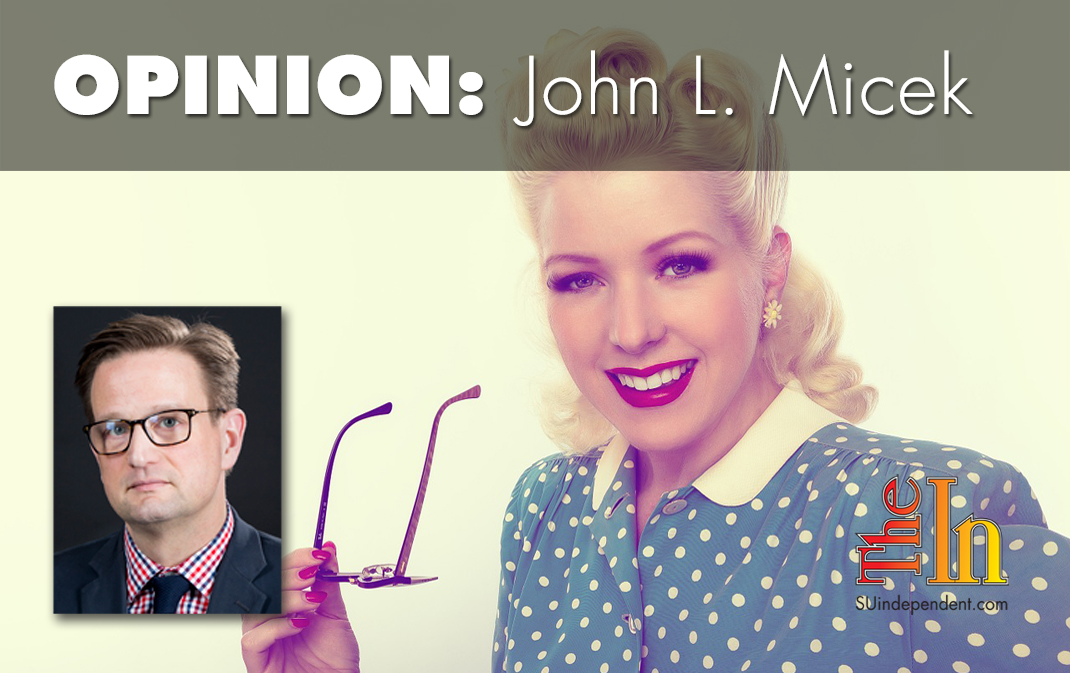
America the melting pot? Not so fast.
America has a bunch of foundational myths: George Washington and his famed cherry tree, the belief that anyone can get ahead if they just work hard enough, and the stubborn belief that our occasionally sputtering constitutional republic is still more exceptional than any other nation on Earth.
They’re core to our conception of ourselves as a people. But none is more foundational than our belief that the nation is a melting pot, the place where the poor, the tired, and the huddled masses can make a new start and breathe free.
But a new poll by the Public Religion Research Institute casts some unsettling doubt on that core myth, finding some sharp, partisan divides on Americans’ support for both religious and racial pluralism. For instance, the poll finds that “nearly two-thirds” of Democrats mostly prefer a country with racial and ethnic diversity, compared to just “three in ten” Republicans.
The partisan divide was similar when it came to religion, with the poll finding that “more than half of Democrats” preferred religious diversity, compared to just “one in 10” Republicans, 40 percent of whom preferred a Christian majority.
The numbers go a long way toward explaining our current stark polarization and why President Donald Trump’s strongman rhetoric on immigration resonates with a certain sector of the Republican base.
The bleaker corners of the GOP may want to make America great again, but it’s a very specific vision of an America that doesn’t really exist anymore and as demographic trends clearly indicate will vanish entirely in the coming decades.
As a recent Brookings Institution analysis makes clear, current racial minorities are the “primary demographic engine of the nation’s future growth, countering an aging, slow-growing, and soon to be declining white population,” and that America will become minority white by 2045.
By then, whites will make up 49.7 percent of the population, compared to 24.6 percent for Hispanics, 13.1 percent for blacks, 7.9 percent for Asians, and 3.8 percent for multiracial populations, the Brookings analysis found.
“The shift is the result of two trends. First, between 2018 and 2060, gains will continue in the combined racial minority populations, growing by 74 percent,” Brookings scholar William H. Frey wrote. “Second, during this time frame, the aging white population will see a modest immediate gain through 2024, and then experience a long-term decline through 2060, a consequence of more deaths than births.”
Those profound divisions don’t augur well for our ability to reach consensus on the big questions.
As The Washington Post’s Jennifer Rubin notes, if one group of Americans doesn’t think highly of religious diversity, how can we ensure that we protect religious freedoms for all Americans? And if a significant chunk of Americans disdain diversity, how can we ensure equal protection under the law for all of us, irrespective of skin color, ethnic heritage, sexual orientation, or gender identity?
More importantly, if a vast segment of Americans doesn’t believe that certain people even belong in the United States, how can we ever hope to reach accommodation on immigration reform, which remains one of the great public policy challenges of the last two decades?
These aren’t mere hypotheticals, they’re actual policy and moral challenges in the face of a nation that is literally changing under our feet every day.
If there’s a ray of hope here, it’s that most Americans are optimistic about the country’s ability to reach across racial divides to solve problems, the poll finds. But they’re “substantially more pessimistic about the country’s ability to heal its political divisions.”
Healing those divides takes work. And they’re challenges that no border wall, regardless of how allegedly big and great it is, can hope to answer or resolve.
The viewpoints expressed above are those of the author and do not necessarily reflect those of The Independent.
How to submit an article, guest opinion piece, or letter to the editor to The Independent
Do you have something to say? Want your voice to be heard by thousands of readers? Send The Independent your letter to the editor or guest opinion piece. All submissions will be considered for publication by our editorial staff. If your letter or editorial is accepted, it will run on suindependent.com, and we’ll promote it through all of our social media channels. We may even decide to include it in our monthly print edition. Just follow our simple submission guidelines and make your voice heard:
—Submissions should be between 300 and 1,500 words.
—Submissions must be sent to editor@infowest.com as a .doc, .docx, .txt, or .rtf file.
—The subject line of the email containing your submission should read “Letter to the editor.”
—Attach your name to both the email and the document file (we don’t run anonymous letters).
—If you have a photo or image you’d like us to use and it’s in .jpg format, at least 1200 X 754 pixels large, and your intellectual property (you own the copyright), feel free to attach it as well, though we reserve the right to choose a different image.
—If you are on Twitter and would like a shout-out when your piece or letter is published, include that in your correspondence and we’ll give you a mention at the time of publication.



